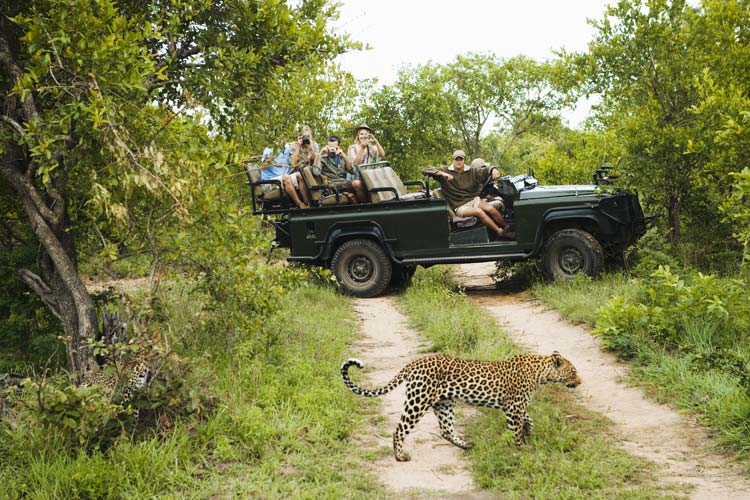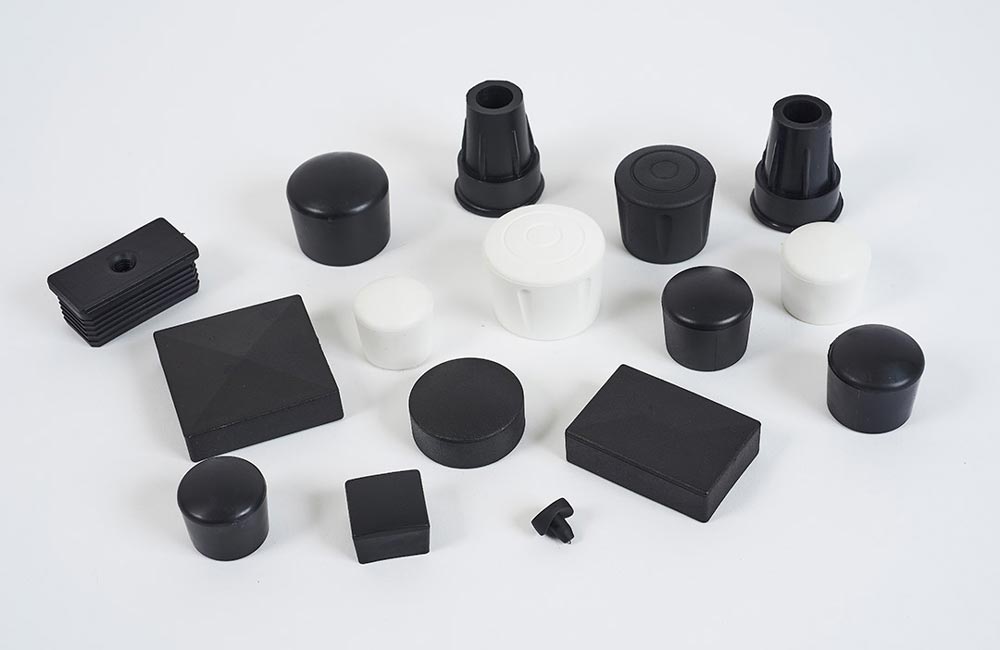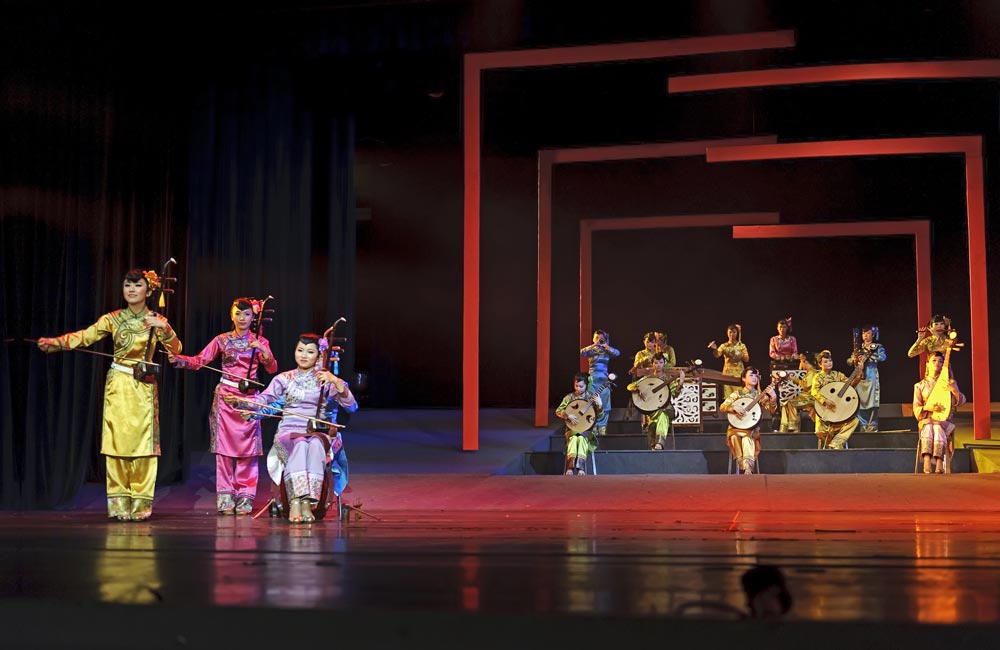
Seasonal Safari Adventures: Best Times to Visit South Africa for Wildlife Viewing
With its various landscapes and wealthy biodiversity, South Africa offers an ever-changing tapestry of flora and fauna stories during the yr. The timing of your safari journey can extensively have an impact on the sightings and encounters you will have with the iconic flora and fauna.
This article explores the seasonal nuances and highlights the nice instances to visit South Africa for an unforgettable natural world viewing enjoy.
Sumario:
- Spring (September to November): Blooms and New Beginnings
- Summer (December to February): Lush Landscapes and Newborn Wildlife
- Autumn (March to May): Mild Weather and Diverse Sightings
- Winter (June to August): Dry Season and Big Cat Action
- Year-Round Highlights: Kruger National Park and Private Reserves
- Conclusion:
Spring (September to November): Blooms and New Beginnings
Spring in South Africa is a time of renewal, with landscapes bursting into colourful colors and wildlife turning into extra active. This season is ideal for chook watching as migratory species go back, and the bush turns into a cacophony of avian melodies.
Additionally, the give up of the dry season ensures that animals acquire around water resources, supplying notable possibilities for close-up flora and fauna encounters.
Summer (December to February): Lush Landscapes and Newborn Wildlife
South Africa's summer season is characterized by means of lush greenery and elevated wildlife interest. The abundance of plants makes it a chunk greater tough to identify animals, but the reward is witnessing the start of many younger animals, from impalas to large cats.
Summer also brings migratory birds, making it a paradise for chook enthusiasts. Be organized for occasional rain showers that add to the scenic beauty of the panorama.
Autumn (March to May): Mild Weather and Diverse Sightings
Autumn brings mild temperatures and a mixture of green and golden landscapes. As the plant life thins out, flora and fauna sightings end up extra handy. It's an incredible time for photography, with the smooth, warm mild improving the colours of the scenery.

Autumn also marks the cease of the malaria season, decreasing the want for anti-malarial precautions in certain areas.
Winter (June to August): Dry Season and Big Cat Action
South Africa's wintry weather is synonymous with the dry season, creating ideal situations for flora and fauna viewing. With water resources dwindling, animals congregate around ultimate waterholes, presenting a focused natural world spectacle.
Winter is also prime time for spotting elusive large cats, as the dry flora makes monitoring and viewing them greater potential. The clean skies and cooler temperatures further enhance the overall safari enjoy.
Year-Round Highlights: Kruger National Park and Private Reserves
While South Africa's seasons provide extraordinary allure, the yr-round safari highlights can be located in famend locations like Kruger National Park and distinctive sport reserves including Thornybush Lodge. This region boasts quite a few flora and fauna and diverse ecosystems, ensuring splendid recreation-viewing stories at any time of the year.
Conclusion:
Choosing the right time to your South African safari is critical for maximizing your flora and fauna viewing experience. Whether you prefer the vibrant blooms of spring, the plush landscapes of summer time, the mild climate of autumn, or the dry season drama of wintry weather, South Africa offers something exceptional every season.
Consider your flora and fauna priorities, climate alternatives, and the safari experience you desire to devise your ideal seasonal adventure on this charming and biodiverse destination.
NOTE: Image Credits Depositphotos

















